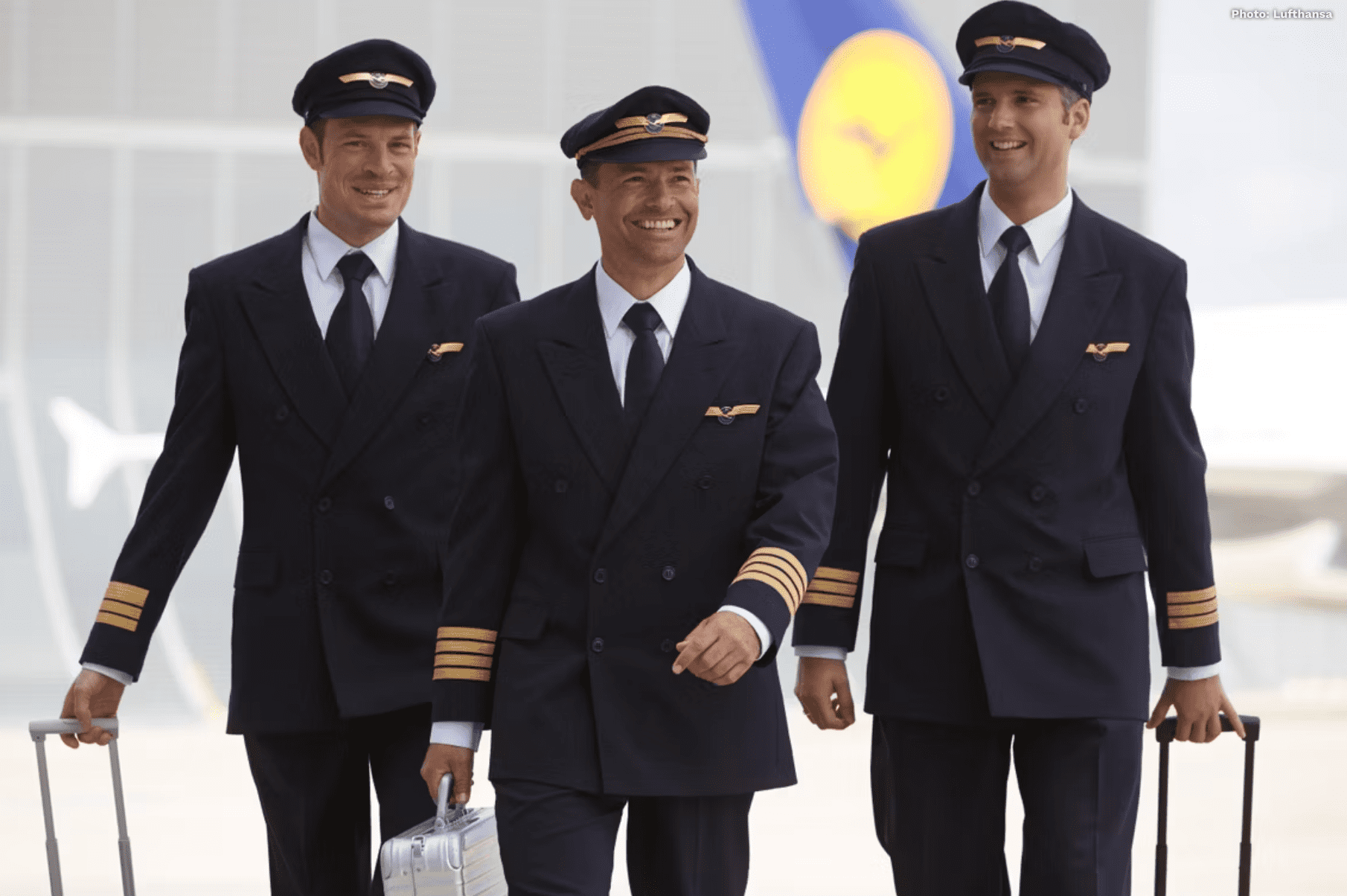Good communication doesn’t always require verbosity.

Communication is the lifeblood of getting an airliner from its origin the destination. Communication is essential in any crewed operational environment, whether on the water, air, or land. Let’s briefly talk about what good communication is and what it isn’t in the airline world.
Good communication
Good communication between pilots shouldn’t be confused with chattiness. A willingness to talk about topics that are mutually interesting to everyone on the flight deck isn’t always a given. As is true outside of aviation, many pilots don’t share much in common with their colleagues and, accordingly, find it easier to pass the time quietly. Pilots don’t all fit into the same place on the same social spectrum, and some aviators prefer not to talk much. There certainly is no disrespect or lack of operational cohesiveness to this type of quieter flight deck, but rather two people who respect each other yet mutually enjoy their thoughts more than conversation.

Photo: British Airways
Strong communication in the flight deck is typified by a crew that knows which “triggers” during a flight constitute a briefing, checklist, or discussion. Obvious trigger points include closing the boarding door, commencing the before-start checklist, or nearing the top of the descent and completing the arrival briefing.
As pilots gain experience, they can tacitly understand when to speak up about operational matters not tied to checklists and formal flows. An example would be the flying pilot pointing out the weather in front of the aircraft and sharing their thoughts about a deviation course, such as flying left or right. Another example will be the pilot monitoring asking for continued descent on behalf of their flying colleague if they are coming up on an intermediate level-off when it is advantageous to keep descending.
Communication & SOPs
Communication is the foundation for standard operating procedures (SOPs). Part of every airline’s SOPs is verbalizing any change to the mode control panel (MCP). The MCP is located just below the glare shield on most modern airliners and is where pilots make inputs to control the autopilot.
When altitude, heading, or speed is changed, it’s the responsibility of the flying pilot who made the input to verbalize what they have done. The monitoring pilot must verify their actions, verbalize the change, and point out any contradictions between the desired outcome and the selection. This flight deck communication is a technique, is an SOP, and is second nature to pilots who work in crewed environments.

Photo: British Airways
Good communication is most easily broken during stressful and quickly-developing situations. Approaching bad weather, last-minute runway assignment changes, or short taxis at busy airports are scenarios where flight deck communication can break down.
A rule of thumb that pilots know well is to slow down if it feels like essential statements are unheard by one’s colleague. All crew members have tasks to accomplish during busy operations, but briefings and SOPs still apply. When things feel rushed, good pilots step back and communicate their mutual plan for the task at hand.
It’s abundantly clear that communication is integral to the operational integrity of airlines. What’s less obvious is what good communication is. Rather than a strong bond between the pilots, good communication is understanding what must be said and the unscripted observations that are tacitly understood to be necessary. Communication doesn’t require friendship but rather respect, professionalism, and collegiality.
Source: SImple Flying
